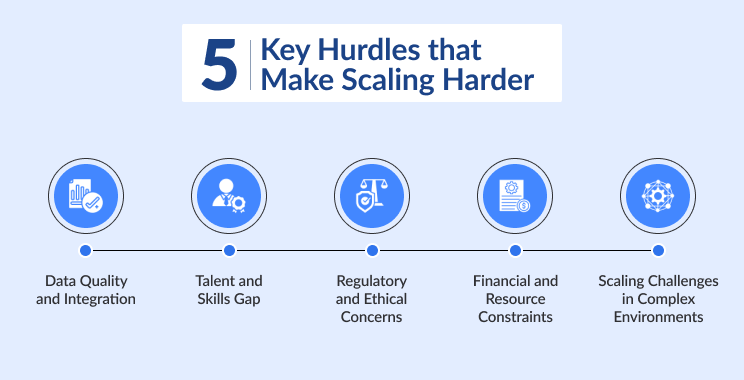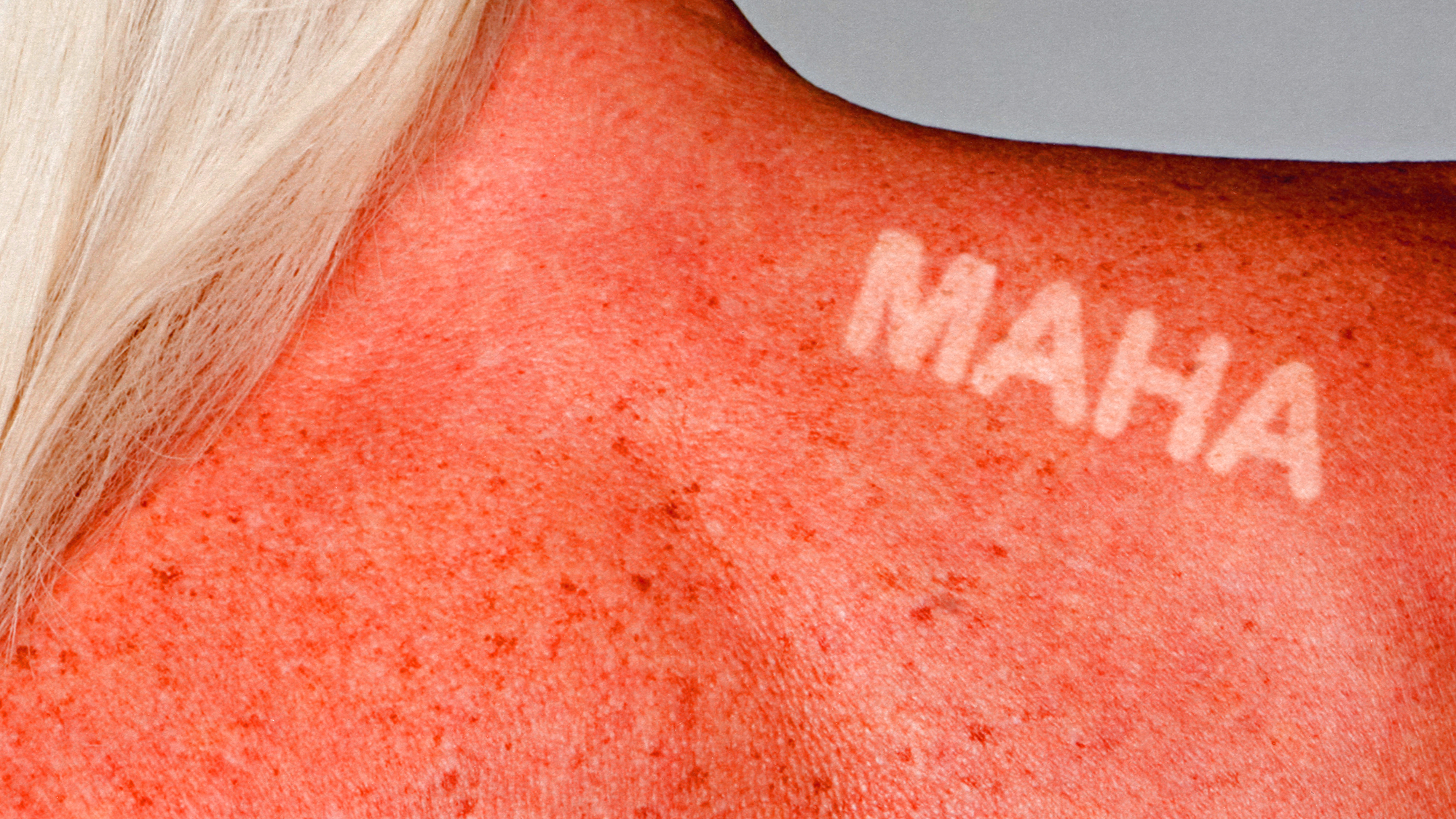The early aughts were the worst possible kind of golden age. Tans were inescapable—on Britney Spears’s midriff, on the flexing biceps outside of Abercrombie & Fitch stores. The Jersey Shore ethos of “gym, tan, laundry” infamously encapsulated an era in which tanning salons were after-school hangouts, and tanning stencils in the shape of the Playboy bunny were considered stylish. Self-tanning lotions, spray tans, and bronzers proliferated, but people still sought the real thing.
By the end of the decade, tanning’s appeal had faded. Americans became more aware of the health risks, and the recession shrank their indoor-tanning budgets. But now America glows once again. The president and many of his acolytes verge on orange, and parties thrown by the MAGA youth are blurs of bronze. Celebrity tans are approaching early-aughts amber, and if dermatologists’ observations and social media are any indication, teens are flocking to the beach in pursuit of scorching burns.
Tanning is back. Only this time, it’s not just about looking good—it’s about embracing an entire ideology.
Another apparent fan of tanning is Robert F. Kennedy Jr., America’s perpetually bronzed health secretary, who was spotted visiting a tanning salon last month. What tanning methods he might employ are unknown, but the secretary’s glow is undeniable. (The Department of Health and Human Services didn’t respond to a request for comment about the administration’s views on tanning or Kennedy’s own habits.)
On its face, the idea that any health secretary would embrace tanning is odd. The Obama administration levied an excise tax on tanning beds and squashed ads that marketed tanning as healthy. The Biden administration, by contrast, made sunscreen use and reducing sun exposure central to its Cancer Moonshot plan. The stated mission of Kennedy’s Make America Healthy Again movement is to end chronic diseases, such as cancer, by addressing their root causes. Yet the Trump administration’s MAHA report, released in May, doesn’t once mention skin cancer, which is the most common type as well as the most easily preventable. It mentions the sun only to note its connection with circadian rhythm: “Morning sun synchronizes the body’s internal clock, boosting mood and metabolism.”
In fact, there’s good reason to suspect that Kennedy and others in his orbit will encourage Americans to get even more sun. Last October, in a post on X, Kennedy warned that the FDA’s “aggressive suppression” of sunlight, among other supposedly healthy interventions, was “about to end.” Casey Means, a doctor and wellness influencer whom President Donald Trump has nominated for surgeon general, is also a sun apologist. In her best-selling book, Good Energy (which she published with her brother, Calley Means, an adviser to Kennedy), she argues that America’s many ailments are symptoms of a “larger spiritual crisis” caused by separation from basic biological needs, including sunlight. “Shockingly, we rarely ever hear about how getting direct sunlight into our eyes at the right times is profoundly important for metabolic and overall health,” she writes. An earlier version of Trump’s One Big Beautiful Bill tried to repeal the excise tax on tanning beds. (The provision was cut in the final version.)
The alternative-health circles that tend to attract the MAHA crowd are likewise skeptical of sun avoidance. “They don’t want you to know this. But your body was made for the sun,” says a “somatic energy healer” with 600,000 followers who promotes staring directly into the sun to boost mood and regulate the body’s circadian rhythm. (Please, don’t do this.) On social media, some influencers tout the sun’s supposedly uncelebrated power to increase serotonin and vitamin D, the latter of which some erroneously view as a cure-all. Some promote tanning-bed use as a way to relieve stress; others, such as the alternative-health influencer Carnivore Aurelius, promote genital tanning to boost testosterone. Another popular conspiracy theory is that sunscreen causes cancer and is promoted by Big Pharma to keep people sick; a 2024 survey found that 14 percent of young adults think using sunscreen every day is worse for the skin than going without it.
These claims range from partly true to patently false. The sun can boost serotonin and vitamin D, plus regulate circadian rhythm—but these facts have long been a part of public-health messaging, and there’s no evidence that these benefits require eschewing sunscreen or staring directly at our star. Tanning beds emit little of the UVB necessary to produce vitamin D. Some research suggests that the chemicals in sunscreen can enter the bloodstream, but only if it’s applied to most of the body multiple times a day; plus, the effects of those chemicals in the body haven’t been established to be harmful, whereas skin cancer has. And, if I really have to say it: No solid research supports testicle tanning. Nor does any of this negate the sun’s less salutary effects: premature aging, eye damage, and greatly increased risk of skin cancer, including potentially fatal melanomas.
The specific questions raised in alternative-health spaces matter less than the conspiracist spirit in which they are asked: What haven’t the American people been told about the sun? What lies have we been fed? Their inherent skepticism aligns with Kennedy’s reflexive mistrust of the health establishment. In the MAHA world, milk is better when it’s raw, beef fat is healthier than processed oils, and the immune system is strongest when unvaccinated. This philosophy, however flawed, appeals to the many Americans who feel that they’ve been failed by the institutions meant to protect them. It offers the possibility that regaining one’s health can be as simple as rejecting science and returning to nature. And what is more natural than the sun?
[Read: You’re not allowed to have the best sunscreens in the world]
Now is an apt moment for American politics to become more sun-friendly. Tanning is making a comeback across pop culture, even as “anti-aging” skin care and cosmetic procedures boom. Young people are lying outside when the sun is at its peak—new apps such as Sunglow and Rayz AI Tanning tell them when UV rays are strongest—to achieve social-media-ready tan lines. Last year, Kim Kardashian showed off a tanning bed in her office (in response to backlash, she claimed that it treated her psoriasis). Deep tans are glorified in ads for luxury goods, and makeup is used in fashion shows to mimic painful-looking burns. Off the runway, “sunburned makeup,” inspired by the perpetually red-cheeked pop star Sabrina Carpenter, is trending.
Veena Vanchinathan, a board-certified dermatologist in the Bay Area, told me that she’s noticed more patients seeking out self-tanning products and tanning, whether in beds or outdoors. Angela Lamb, a board-certified dermatologist who practices on New York’s well-to-do Upper West Side, told me her patients are curious about tanning too. “It’s actually quite scary,” she said. A recent survey by the American Academy of Dermatology found that a quarter of Americans, and an even greater proportion of adults ages 18 to 26, are unaware of the risks of tanning, and many believe in tanning myths, such as the idea that a base tan protects against a burn, or that tanning with protection is safe. (“There is no such thing as a safe tan,” Deborah S. Sarnoff, the president of the Skin Cancer Foundation, told me.)
Recently, some experts have called for a more moderate approach to sun safety, one that takes into account the benefits of some sun exposure and the harms of too much shade. “I actually think we do ourselves a bit of a disservice and open ourselves up to criticism if the advice of someone for skin-cancer prevention is ‘Don’t go outside,’” Jerod Stapleton, a professor at the University of Kentucky who studies tanning behaviors, told me. But the popular rejection of sun safety goes much further. Advances in skin-cancer treatment, for example, may have lulled some Americans into thinking that melanoma just isn’t that serious, Carolyn Heckman, a medical professor at Rutgers University’s Robert Wood Johnson Medical School, told me. Skin-cancer treatment and mortality rates have indeed improved, but melanomas that metastasize widely are still fatal most of the time.
[From the June 2024 issue: Against sunscreen absolutism]
In previous decades, tans were popular because they conveyed youth, vitality, and wealth. They still do. (At least among the fairer-skinned; their connotations among people of color can be less positive.) But the difference now is that tanning persists in spite of the known consequences. Lamb likened tanning to smoking: At this point, most people who take it up are actively looking past the well-established risks. (Indeed, smoking is also making a pop-culture comeback.) A tan has become a symbol of defiance—of health guidance, of the scientific establishment, of aging itself.







